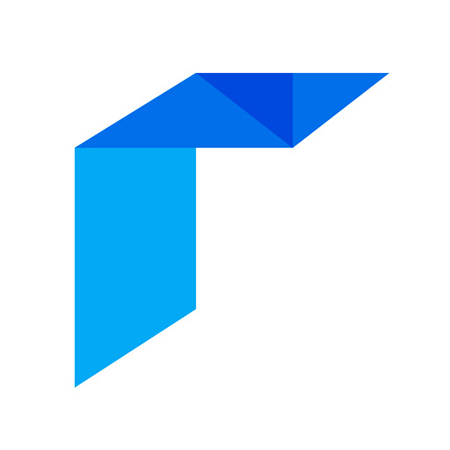
Author: Hania Saleem, Mar 29, 2023
Blog
The constantly evolving dynamics of technology makes it imperative for businesses to adapt to a technological-driven environment. Businesses need to innovate and deliver technology-driven services to stay relevant in the market.
In order to keep up with the competition, they have now started to opt for smart staffing practices such as outsourcing to tap into the extraordinary market-place of global talent.
Organizations now seek outsourcing, surpassing their geographical limitations in order to access resources who help them develop innovative software solutions, and platforms that meet the ever-changing needs of consumers in the most uniquely disrupting language within the industry!
According to statista in 2019,the global market size of outsourced services was valued at 92.5 billion U.S. dollars. This market size has now gone up to 400 billion U.S. dollars in 2022.
Staff augmentation is one of the most emerging forms of outsourcing that has gained popularity as leading enterprises have started to adopt it. — Allow me to pen you down with a brief introduction of staff augmentation, its major models and the benefits associated with them.
Without further ado, Let's begin!
What Is A Staff Augmentation Model?
Staff augmentation is basically the strategy of choosing a vending partner to hire added talent such as such as contractors, freelancers, full-time or temporary employees within the existing team and pay for the on-demand skills for a specific project or period. The temporary staff works directly under the client's management team to facilitate the pace of their operation for reaching the desired goals and objectives.
The main purpose behind businesses opting for this strategy is to skip indulging themselves with the long term and expensive hiring process. Each candidate is rigorously vetted through several screening phases, enabling the business to access global talent and fill in their skill gaps immediately.
Staff augmentation has different types of models that can be chosen from as per the type of staffing need of the business. The selection of the staffing model depends on a number of factors, including clients' budget, the complexity and scope of the project, required skill sets and the level of transparency needed in communication practices between the client and the staffing team.
The pros and cons of each model need to be thoroughly evaluated prior to choosing the type of model your business needs.
Types Of Staff Augmentation Models
Are you evaluating which staff augmentation model is best suited as per your staffing need? Allow me to explain the three major types of staff augmentation models which you can choose from!

1.Near Shore staff augmentation Model
Nearshore staff augmentation is when a business outsources IT talent such as a hiring software developer or machine learning engineer to its existing workforce with added resources from a neighboring country or within the same geographical region as the parent company to supplement.
2.OffShore staff augmentation Model
Offshore staff augmentation model refers to outsourcing temporary tech talent from a different country and building a team of provisional workers overseas. The augmented resources are professionals who work remotely under direct supervision of the client's management team, while delivering goal-oriented objectives.
3.OnShore staff augmentation Model
Onshore staff augmentation model is augmenting your team's temporary staff in the nearby country or region that shares similar time zones, cultural practices, and language.
Benefits Of Near Shore Staff Augmentation Model
1.lower cost
Nearshore staff augmentation is comparatively cheaper than other staffing models. This is because the labor rates in the nearby countries are lower, serving as a major cost-friendly advantage to business.
2.Cultural Familirance
Nearshore staff augmentation allows businesses to augment resources within the same geographical location that share cultural and language similarity. The enhanced level of cultural affinity and language proficiency in this model empowers lower communication barriers and chances for collaborative work.
3.Time Zone Similarities
Due to the resources being located within nearby countries, there are no time-zone differences. This allows no time zone barriers disturbing the transparency within the communication and making it easier to coordinate meetings and work together in real-time.
Benefits Of OffShore Staff Augmentation Model
1.Business Run 24/7
Offshore staff augmentation involves remote resources working at diverse time-zones. This ensures the business work cycle runs 24/7 as each resource works to cover all the required shifts at their respective time-zones.
2.Omits Geographical Restrictions
Offshore staff augmentation omits geographical restrictions of finding a resource within the locality and helps businesses tap into global elite talent-cloud of professional experts. This ensures businesses are updated with the modern trends all around the world and gain a competitive-edge by staying relevant in the industry.
3.Scalability
Offshore staff augmentation leverages business by quickly scaling up and down as per the staffing needs. This is highly beneficial for businesses looking to avoid overstaffing or understaffing tailored to the project’s evolving demands.
Benefits Of OnShore Staff Augmentation Model
1.Legal and regulatory compliance
In the onshore staff augmentation model as business gets to hire resources from a neighboring country or within the same geographical region there is an increased familiarity with the laws and regulations of the country . This significantly leverages the organization by complying with relevant local labor laws and industry standards, reducing the possible risks of foreign legal policies and financial penalties.
2.Cultural Fit
Onshore staff augmentation increases the possibility of finding resources who will fit within the culture of the organization and facilitate a collaborative environment with an enhanced capability of teamwork with the existing in-house team.
3.Enhanced Quality Control
Due to the augmented resources being at a nearer proximity, the chances for face-to face on site visits increases. This fosters better communication and a greater control over the augmented resources ensuring the required quality standards are met diligently within a timely manner.
Wrapping Up
Now that we have discussed the types of staffing models, you are now in charge of determining which model is most appropriate for your project’s staffing needs.
Where staff augmentation can be your hands-down best solution to handle short and unexpected increased workload, it can easily become your most dreadful investment. Hence, to prevent this, you must perform your research on the staffing provider you choose by analyzing their market reviews, industry experience and success rate of projects.
Once you have done your research and found the best suited partner along with the staffing model you wish to opt for, you are all sorted to start your revolutionary journey!
Faqs
1.When is it best suited to use the Nearshore Staff Augmentation model?
Nearshore staff augmentation is best suited for organizations looking to access specialized skill sets unavailable within their existing in-house team, keeping the communication and cultural barriers as minimum as possible, and maintaining a level of proximity with their augmented team.
2.When is it best suited to use the Offshore Staff Augmentation model?
Offshore staff augmentation is best-suited for businesses seeking to access the global pool of talent-cloud, acquire cultural diversity, tap the specialized talents unavailable within their locality, and lower down the labor cost.
3.When is it best suited to use the Onshore Staff Augmentation model?
Onshore staff augmentation is best-suited for organizations looking to quickly scale their team capabilities while omitting the overhead of hiring full-time employees, and demanding immediate flexibility to ramp up and down their team as required.
4.What are the risks associated with staff augmentation?
A few major risks associated with staff augmentation are possible communication and cultural barriers, lack of control, an increase in the employee turnover rate, and potential intellectual property (IP) issues.
5.How to maintain solid communication with the augmented resources?
The barriers can be reduced by establishing clear frequency and mode of communication,Use project management software and collaboration tools, clarify roles and responsibilities.
6.What are a few project management tools that can be used to collaborate with the augmented resource?
A few of the popular project management tools that can be used to collaborate with the resources are Asana,Trello, Jira, Basecamp, and Wrike.
7.How do companies select the right staff augmentation model?
When opting for staff augmentation the company should research the level of skill-set required, number of resources required, research the cultural compatibility of the resources, rate of successful projects and the possible risks the selected staff augmentation model might bring to them.
8.How can companies mitigate the risks of staff augmentation?
Companies can effectively mitigate the risks of staff augmentation by defining clear objectives such as the deliverables,timelines,and quality standards, rigorously vetting the resources for the demanded skills, and performance monitoring of the augmented resources to ensure they are following the right path.
Most Popular

What is IT Staff Augmentation? | TalentVerse

15 Best AI Apps You Should Know In 2023 (Latest Edition)

How Much Does it Cost to Develop an iOS App in 2023 - TalentVerse

Top 5 Benefits of Staff Augmentation for your Business

How to Choose the Best IT Staff Augmentation Company
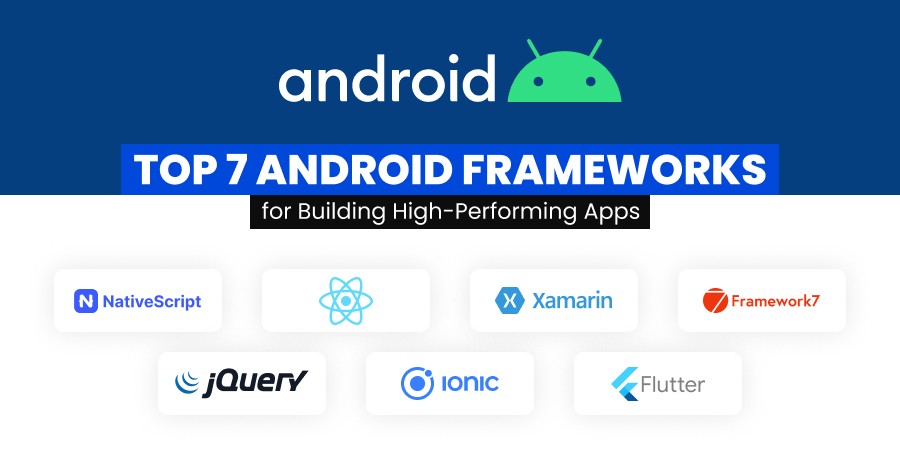
Top 7 Android Frameworks for Building High-Performing Apps

10 Best Tools for VR Development of 2023
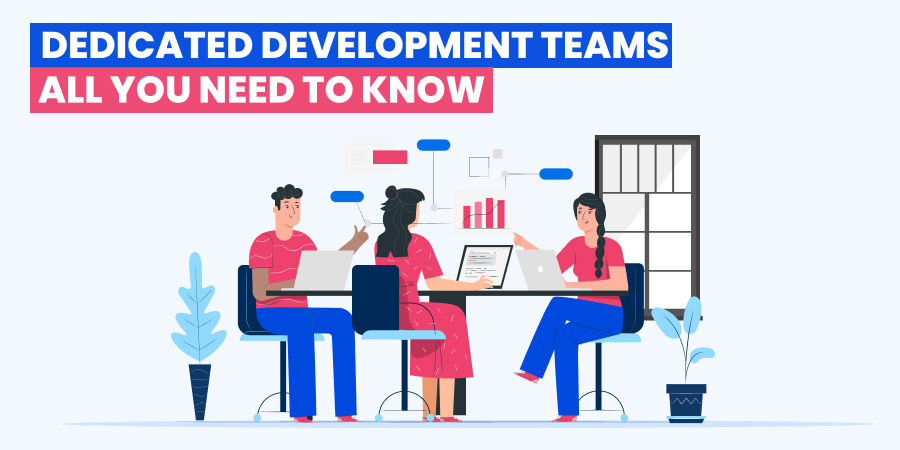
Dedicated Development Team: All You Need To Know
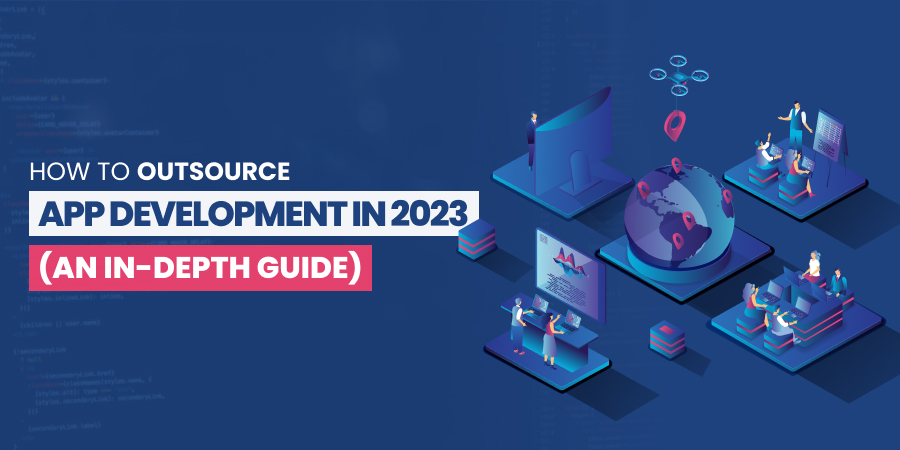
How to Outsource App Development in 2023
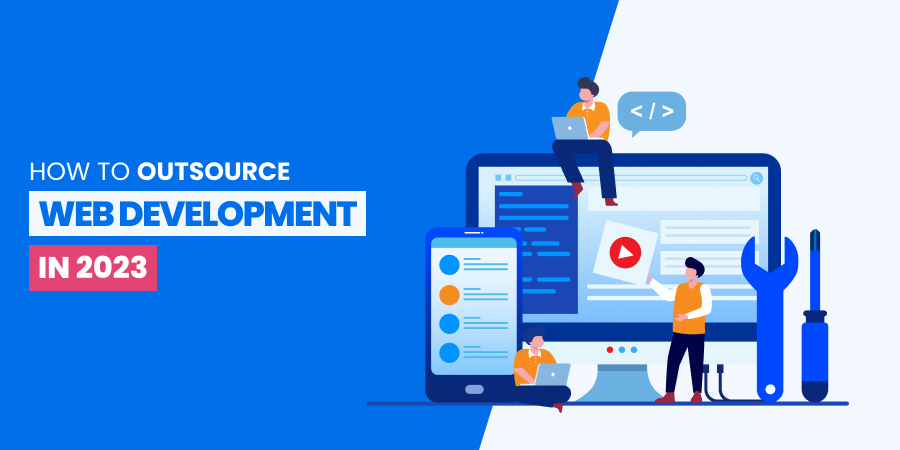
How to Outsource Web Development in 2023



